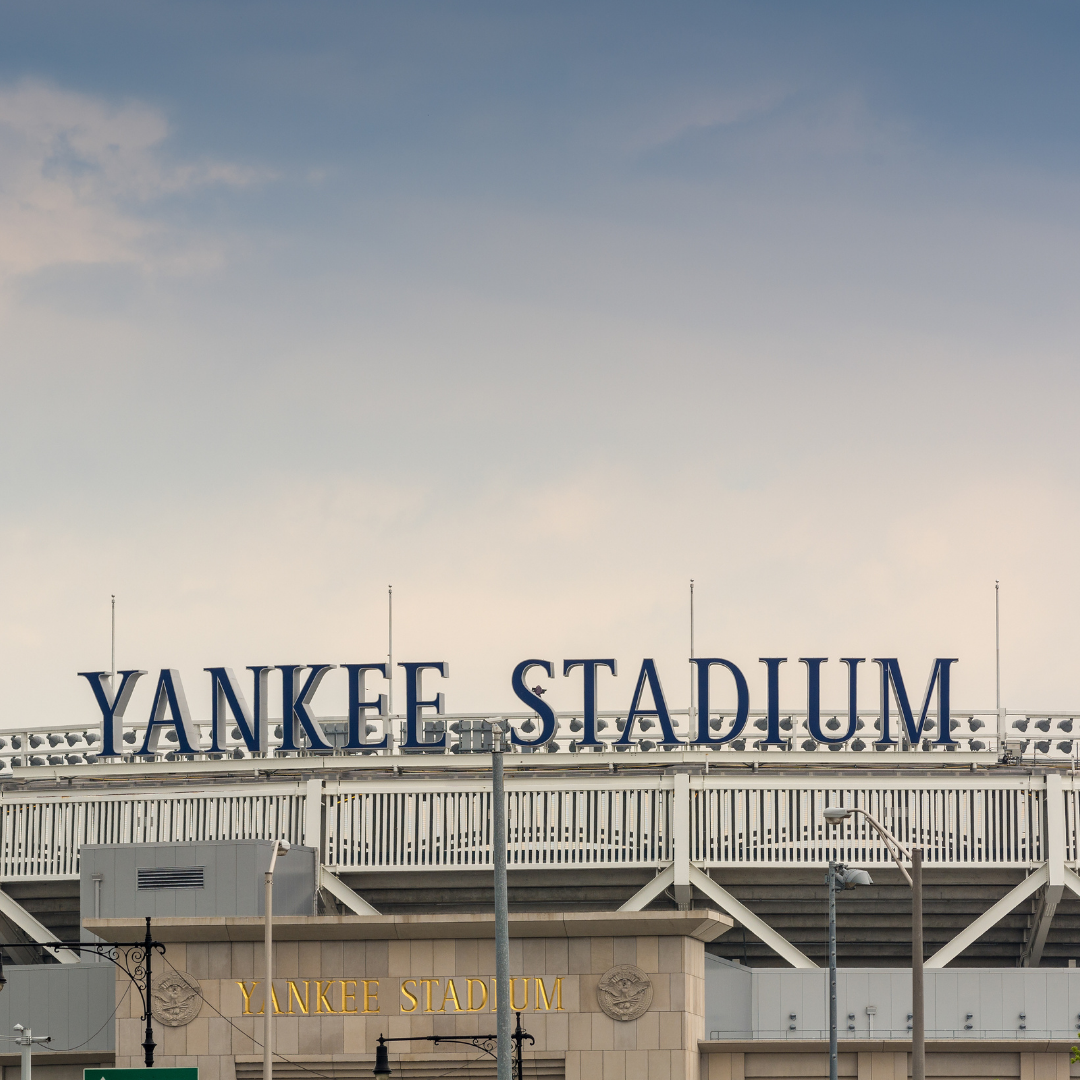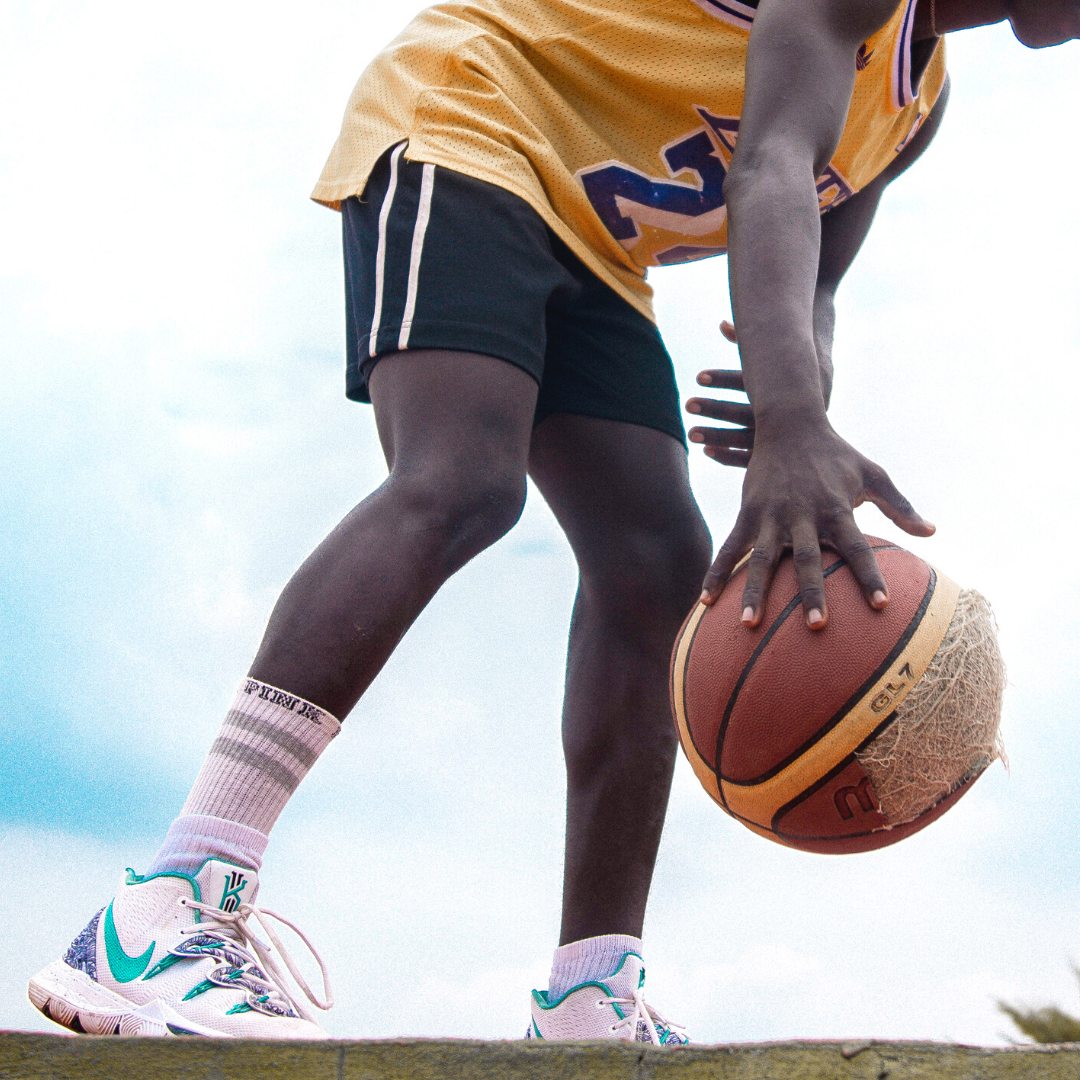Should Yankee Fans Be Concerned About Aaron Judge’s Shoulder Surgery?
November 22, 2017Glass Is Half Full: For Utah Jazz’ Rudy Gobert, PCL Injury Is Much Better Than ACL Injury
December 22, 2017
Washington Nationals second baseman Daniel Murphy had surgery on his right knee surgery in October, according to reports ― an arthroscopic debridement and microfracture operation, which will require Murphy to undergo lengthy rehabilitation throughout the offseason.
The procedure is typically relatively quick, done through two poke holes in the skin; the recovery is the hard part.
Arthroscopic surgery implies the use of a camera to look inside a joint (the knee in this case) and work through small poke holes in the skin to treat the pathology encountered. When a microfracture surgery is performed, it means that the patient had an area of injury to their cartilage, which coats the end of bones and helps bones glide smoothly over one another.
“Arthritis” is the term used to describe the loss of cartilage over the end of the bones. When an isolated area is injured, the term “cartilage defect” is used. Here is an analogy I use with patients: Arthritis could be compared to an unpaved road whereas a cartilage defect is more similar to a pothole in the street, with the rest of the road being well paved.
The goal of microfracture surgery is to poke holes in the exposed bone where the cartilage used to be to get the stem cells and cartilage-repairing cells located in the bone to fill the defect and form new cartilage. The good news for Murphy is that large cartilage lesions often need grafts from other areas of the knee or even from cadaveric donors. That a microfracture was performed implies that this was a smaller lesion.
The downside is that we know, based on studies in the orthopedic literature, that the cartilage that forms from microfracture surgery is not the same as the cartilage one is born with. This may be part of the reason outcomes after microfracture surgery are not great.
Dr. James Andrews, a famous sports medicine surgeon, did a research study on NFL players who underwent cartilage debridement and microfracture. He and his colleagues found that 67% of the players were able to return to play in the NFL, but if they had a concomitant microfracture surgery performed, the odds of returning were significantly worse. A similar study on the results of microfracture in NBA players found that 73% of them returned to play, but they averaged fewer minutes and steals postoperatively.
With regards to the rehabilitation, the first six weeks typically involve using crutches to protect the amount of weight placed on the operative leg. Range of motion starts soon after surgery. The goal is jogging by three to four months after surgery, with full return to play by six to nine months postoperatively.
One advantage for Murphy is that baseball is a bit less demanding on the knees than basketball or football. And he is an outstanding player with a great work ethic, so he has as good a shot as anyone to return to his previous level of play. But he still has his work cut out for him, and if I were drafting a fantasy baseball team right now, I wouldn’t take him as high as I would have when the season ended.



